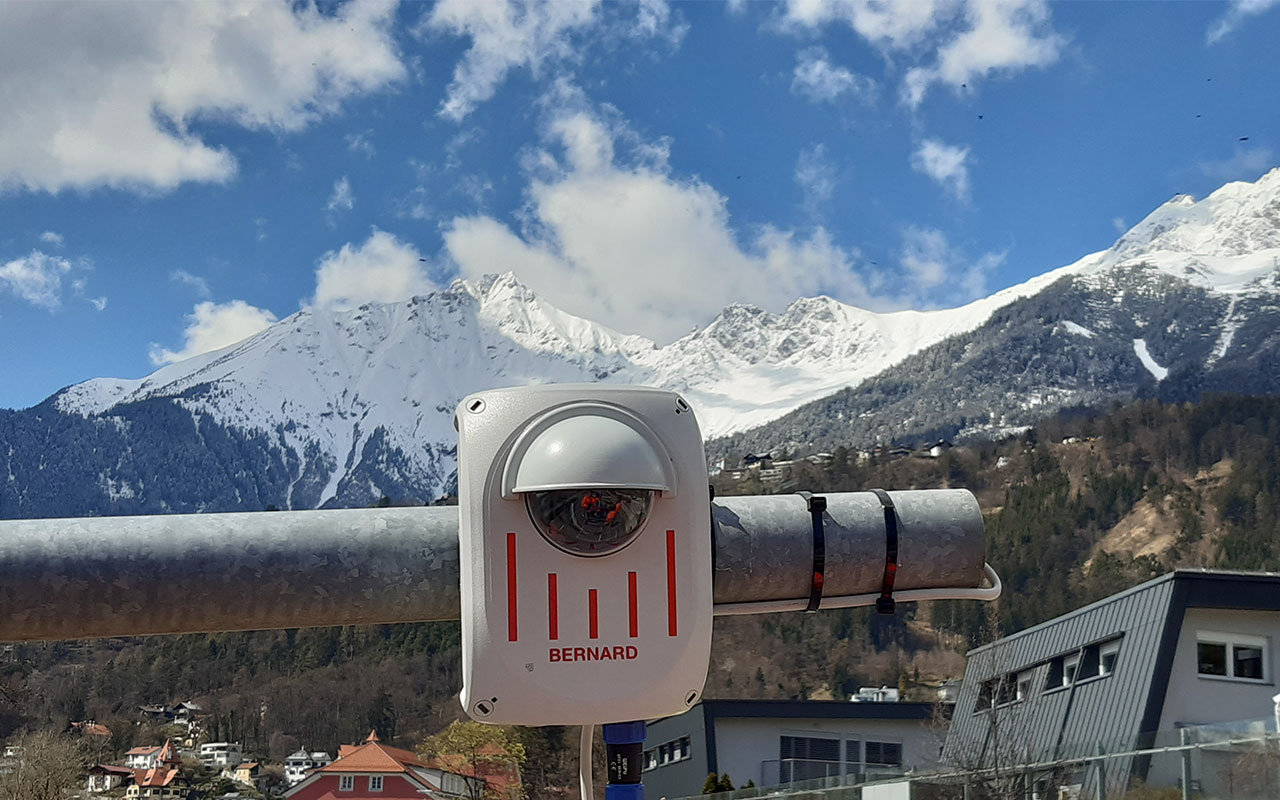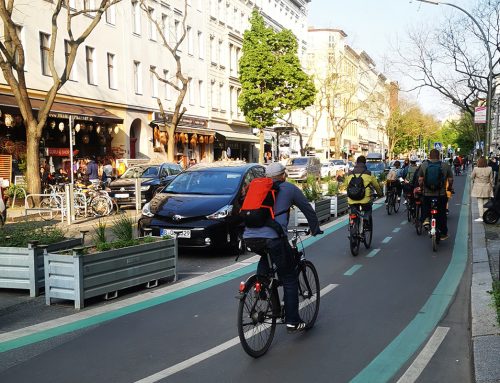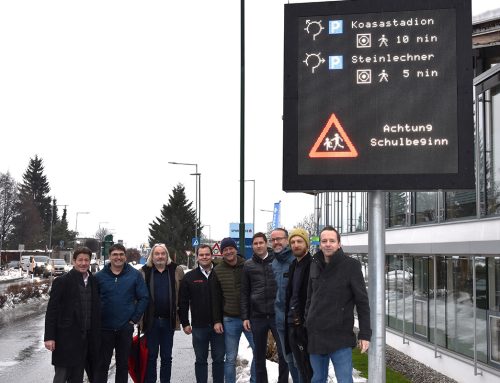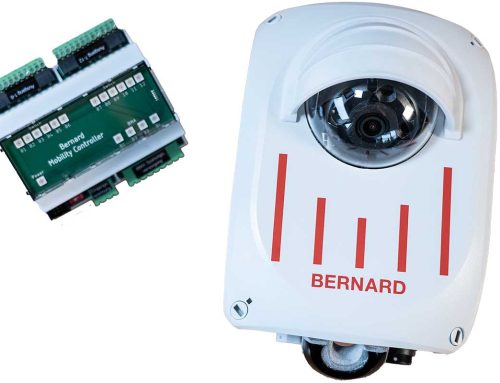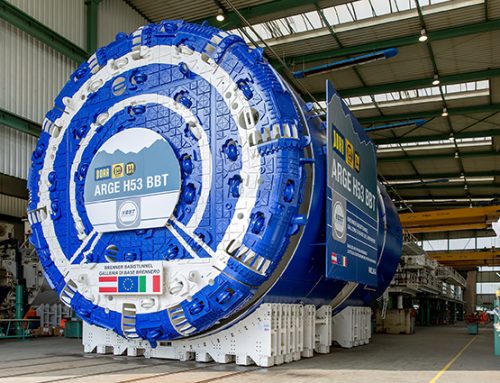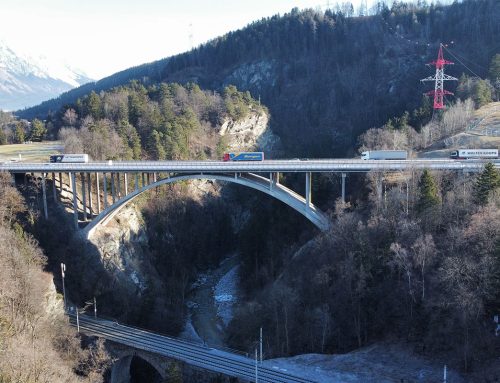As part of the smart traffic lights project “Smarte Ampel” funded by the German Federal Ministry for Economics and Climate Action, the BERNARD Gruppe is working with IRISNET GmbH from Düsseldorf and the Institute of Highway Engineering at RWTH Aachen University to develop practical solutions for improving traffic flow at intersections. The aim is to reduce pedestrian waiting times and increase the safety of road users by means of flexible traffic light control systems.
The chosen project name is intended to illustrate the trend and development of flexible and innovative traffic light control systems. The research project focuses on system development on the one hand and test installation at signalized intersections on the other. By means of a camera, the road users are optically detected and anonymously recorded, and the recorded data is processed further using AI. The obtained traffic data is directly included into the traffic light system and implemented in the vehicle-actuated control. The advantages of the application are reduced waiting times and increased traffic safety, e.g. at intersections, in front of schools, hospitals or retirement homes, as well as at crossings to pedestrian zones or in front of event locations such as football stadiums.
The first test phase of the project is being implemented in the German city of Füssen. At two locations with increased pedestrian traffic, various control interventions at traffic lights, depending on the traffic situation, are tested based on the recorded pedestrian traffic, e.g. at an intersection in front of a hospital and directly at a crossing in a pedestrian zone. The BERNARD Mobility Analyser, which is used in this project, is continuously updated with AI algorithms for possible application scenarios. During the test phase, the algorithm records how it would react in a given situation, or how it would switch the traffic lights. Part of the test phase is the so-called blind mode, in which the control system does not yet actively intervene in road traffic. A subsequent validation is planned to verify the reliability of the system. Following the learning phase, the algorithm-based decisions are switched from test operation to real operation at the signalized intersections.
Flexible traffic light control improves traffic flow, reduces waiting times at traffic lights and, above all, increases the safety of road users. The current traffic situation is also taken into account: Green phases for pedestrians are only initiated when people actually want to cross. The traffic light system detects the crossing request and reacts promptly to avoid long waiting times. In addition, the system gives specific consideration to vulnerable groups of people. Based on walking speeds and other characteristics, the system detects whether people need longer time to cross the street and extends green phases accordingly. The traffic lights can also react spontaneously to unexpected events, such as people falling, which contributes significantly to the protection of pedestrian traffic.
Torsten Heine-Nims and Stefan Schwarz, BERNARD Gruppe

